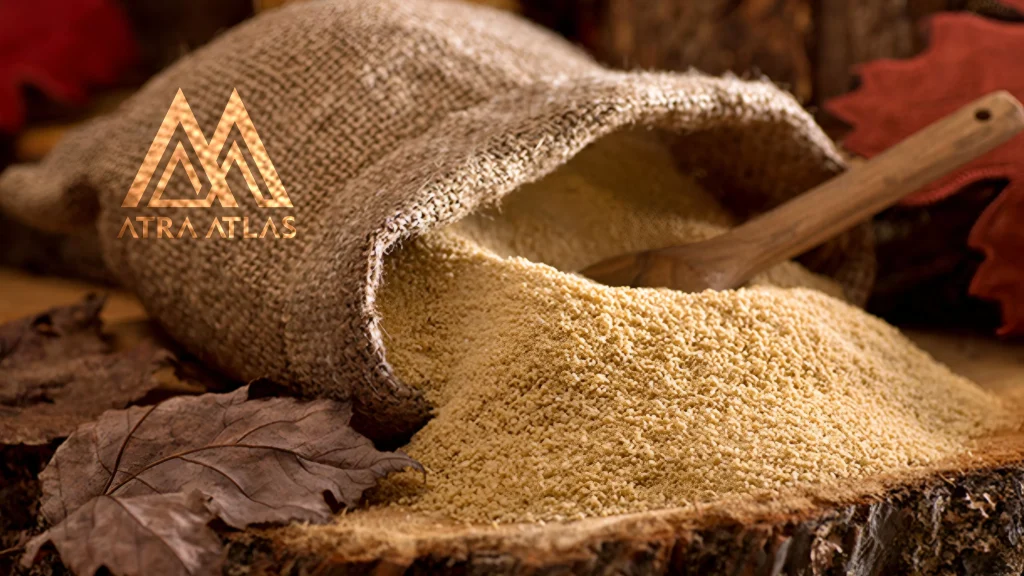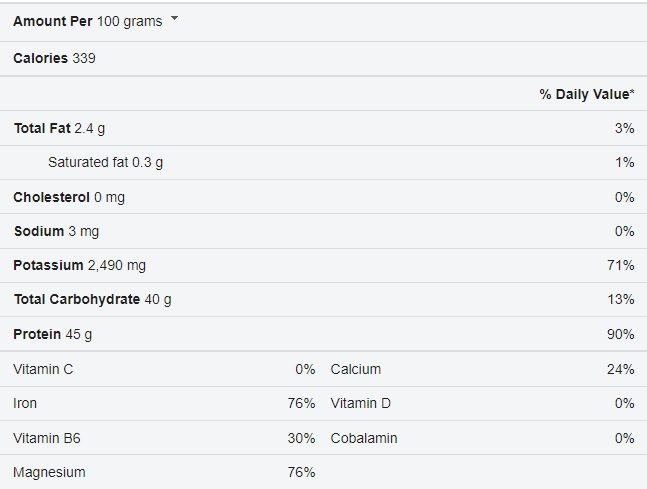
What is Soybean Meal?
Soybean Meal is derived from soybeans and is considered a valuable product. By using this product, there is no need to procure expensive animal-based feeds.
Properties and Features of Soybean Meal
Soybean Meal is rich in protein and phosphorus and is very beneficial for the growth and strengthening of bones in livestock and poultry. This product is a solid food with a light brown color and has a taste similar to roasted soybeans.
Protein and Production Process
The protein content of Soybean Meal may vary depending on the variety and oil extraction method. Typically, meals with higher protein content are produced from dehulled seeds, while meals with lower protein content are produced from seeds with hulls, which have more fiber and less metabolizable energy.
Differences in Soybean Seeds
There are differences in the types of soybean seeds used, which affects the protein and fat content of the seeds. Protein forms almost until the final stage of seed maturity, so growing and harvesting conditions have a significant impact on protein content.
Oil Extraction and Production Process of Soybean Meal
When soybeans are processed for oil extraction, the remaining solid seeds are called Soybean Meal. This Soybean Meal is somewhat coarse.
Uses of Soybean Meal
Poultry Feed: Usually, Soybean Meal used for poultry feed is crushed so that the poultry can easily consume it. The more it is crushed, the better it is digested by the chicks and it positively affects their growth.
Feeding Dairy Cows and Pets: This product is used in cold seasons for feeding dairy cows and as a complete food source for fish and pets.
Types of Available Meals
The most important available meals are: grape seed, soy, castor, sesame, olive, cottonseed, canola, and sunflower.
What are the Uses of Soybean Meal?
Soybean Meal is one of the most widely used products in animal nutrition. For ease of use by animals, the meals are divided into smaller pieces.
Selecting Meals for Animals
When selecting meals for animals, necessary care must be taken, as some meals, like castor meal, should not be used as feed and are used as fertilizer. Consuming castor meal can be toxic and very dangerous.
Importance of Soybean Meal in Agriculture
In the past, there wasn’t enough information about meals and their incredible effects in agriculture. However, over time and with scientific advancements, this product has found its main and essential place in agricultural products. One of these special products is Soybean Meal.
Impact of Soybean Meal on the Meat and Protein Market
If the production of Soybean Meal is disrupted for a short period, the meat and protein market will also face problems. Currently, in our country Iran, about 2.5 million tons of Soybean Meal are used for livestock and poultry feed, and about 55% of all oilseeds are produced from soybeans.
Share of Soybean Meal in Animal Nutrition
Soybean Meal is used at the top level for animal nutrition with a share of 69%. After that, canola meal at 13%, cottonseed meal at 6%, and sunflower meal at 5% follow.
Economic and Health Importance of Soybean Meal
This meal has significant value and importance economically, health-wise, and in terms of the nutrients it contains.
Method for Preparing Soybean Meal
Soybean Meal must be heated before being used as animal feed. If this material is consumed raw, the animal’s growth will slow down, and a lot of time will be wasted on raising the animal.
Reason for Heating Soybean Meal
Soybean Meal contains a toxin that prevents the digestion of protein in animals’ bodies. Therefore, heating the meal is essential to inactivate and neutralize this toxin.
Components of Soybean Meal
Soybean Meal obtained from whole, dehulled soybeans should contain 44% to 48% crude protein. This meal should not have more than 7% crude fiber and 12% moisture. For dehulled soybeans, these values vary slightly: 3.5% crude fiber and 12% moisture.
Processing Soybean Meal
Soybean Meals must be processed into either fully ground or flaked forms. The production of Soybean Meal is economically and hygienically justifiable and beneficial.
Conclusion
Following these steps in preparing Soybean Meal is crucial to ensure its proper use and to benefit from its properties.
Soybean Meal Production Methods
Soybean Meal is produced in two ways:
Using Hexane Gas:
The majority of the production is done this way.
Using Mechanical Devices:
By pressing the soybean seeds, the meal is produced.
Production Process in Advanced Factories
Currently, in advanced and up-to-date factories, Soybean Meal is produced with 35% and 18% fat using the solvent method. During this process, soybean seeds are first crushed, pressed, and converted into powder or flakes. Then the oil is extracted using hexane or ethanol.
Production Steps
Crushing and Pressing Soybean Seeds:
Soybean seeds are crushed and pressed to be converted into powder or flakes.
Oil Extraction:
Soybean oil is extracted using hexane or ethanol.
Separating the Oil:
Once all the soybean oil is separated, the remaining product is rich in protein, vitamins, and carbohydrates.
Adding Soybean Hulls:
In the final step, the separated hulls are re-added and mixed to bring the protein level to the standard 44%.
Heating:
The resulting meal is heated to remove toxins.

Nutrients and minerals of soybean meal
Soybean Meal is a valuable product derived from soybeans after oil extraction. This product is mainly used for livestock and poultry feed and contains abundant nutrients.
Nutrients in Soybean Meal
Soybean Meal contains 40 – 49% protein and also has 3 – 7% fiber and about 10% moisture. This product remains after oil extraction from soybeans and is known as a rich source of plant-based protein.
Properties of Soybean Meal
Plant-Based Protein:
This meal is rich in plant-based protein, which is very beneficial for animal nutrition.
The protein in Soybean Meal can be used as a substitute for animal protein, especially for vegetarians.
Linoleic Acid:
Another important property of Soybean Meal is the presence of linoleic acid, which is very beneficial for animal nutrition.
Vitamins and Minerals:
This meal contains various vitamins, including vitamin A and E. It also contains minerals such as iron, magnesium, and calcium, which are beneficial for the growth and strengthening of animal bones.
Usage in Livestock and Poultry Farming:
In livestock and poultry farming, Soybean Meal is used for the faster growth of livestock and chickens. This product is not only recognized as a widely used food source in animal nutrition, but it also has medicinal properties and is used for medicinal purposes as well.
Types of soybean meal: diversity and application
Soybean Meal is produced in three forms and available in the market:
Powder or Flaked
Pellet or Sheet
Tubular or Cartridge
Most Suitable Type of Meal for Poultry
Among the three types mentioned, powdered and pellet meals are the most suitable for poultry consumption.
Structure of Soybean Meal
Structurally, Soybean Meal is divided into high-fat, fat-free and dehulled, and fat-free with hulls. Fat-free meal that is dehulled is suitable for poultry feed and has higher protein and fiber content compared to other types.
Types of Soybean Meal Based on Production Location
Soybean Meal is divided into four types based on the production location:
Iranian:
Produced in the cities of Kermanshah, Behshahr, and Semnan.
The advantage of Iranian meals is their more affordable price and easier accessibility.
Argentinian:
One of the popular imported types.
Brazilian:
One of the high-quality imported types.
Indian:
Holds a larger share of the imported meal market.
Its quality is relatively lower than other types.
Soybean Meal Market
In recent years, most imported meals were Brazilian and Argentinian, but after the sanctions on Iran, their market share decreased. Indian meal now has the largest share of the imported meal market.
Amount of soybean meal
Soybean Meal Consumption in livestock feeding
Soybean Meal, as a rich source of protein, is used in the feeding regimen of livestock.
Maximum Usage
There is no maximum usage limit for this combination in livestock feeding, and it can be used in any amount to meet the required protein needs.
Normal Feeding Amount
The normal feeding amount of Soybean Meal is about 0.5 – 2 kilograms per meal.
Soybean meal storage method
Soybean Meal, like all other food materials, requires appropriate storage methods to maintain its quality and properties.
Dry Storage
This combination must be stored dry to prevent spoilage and contamination.
Storage Methods
Large Containers:
Soybean Meal can be stored in large containers to keep it away from moisture and contamination.
Cement Buildings:
Storing in cement buildings is another effective method for preserving the quality of this product.
Silos:
Using silos for storing Soybean Meal, away from pests and protected from weather, is another efficient method.
Important Points in Storage
Away from Moisture:
Soybean Meal should be stored in places that are free from moisture to prevent spoilage.
Protection from Pests:
Ensure that the Soybean Meal is protected from pests.
Weather Protection:
Soybean Meal should be stored in places protected from the weather.

Benefits of using soybean meal for poultry
Soybean Meal is used as a rich source of protein in poultry feed and has very positive effects on their growth and health.
Improving Growth and Egg Quality
Using Soybean Meal in poultry feed improves muscle growth and produces more and higher quality eggs. The benefits can be attributed to the high protein content and the presence of essential amino acids. Poultry that includes Soybean Meal in their diet usually have better weight.
Feeding Day-Old Chicks
This food is also very rich and beneficial for day-old chicks. Due to the fiber in Soybean Meal, it stimulates bowel movements and is easily digestible for chicks. This helps in their growth.
Boosting Immune System and Reducing Diseases
The presence of amino acids in Soybean Meal strengthens the immune system of poultry and reduces their susceptibility to various diseases. The high calcium content in Soybean Meal leads to better growth of poultry. One of the most important nutrients needed for laying hens (pullets) is calcium. Due to its high calcium content, Soybean Meal is beneficial for maintaining the bone health of laying hens. Consuming this type of meal increases the amount of isoflavones in eggs. Isoflavones play an important role in enhancing human physical health.
Rich in Vitamins and Minerals
Soybean Meal is rich in vitamins and minerals. This food contains calories, carbohydrates, fiber, fat, protein, calcium, phosphorus, potassium, magnesium, iron, zinc, and vitamins E, B1, B2, and B6. Considering these factors, it is very suitable for poultry health.
Economical and Cost-Effective
Soybean Meal is also cheaper and more cost-effective compared to other food materials. It is noteworthy that despite its many benefits, if used non-standardly and excessively, it may cause problems for poultry. Therefore, it is recommended to consult experts in this field on how to incorporate Soybean Meal into poultry diets.
Disadvantages of excessive consumption of soybean meal
Soybean Meal has many benefits for poultry, but excessive use can cause problems. The method of consuming Soybean Meal and maintaining the standard amount of its use is very important.
Balanced Consumption of Soybean Meal
Using Soybean Meal alone as poultry feed is not correct. It is necessary to mix it with other food materials to provide the necessary benefits to the poultry and prevent the negative effects of excessive consumption.
Negative Effects of Excessive Consumption
Problems with Broiler Chickens:
For broiler chickens, a maximum of 35% of the food can be allocated to Soybean Meal. Overuse can cause weight gain due to excessive fat in the poultry and damage to the intestinal lining.
Intestinal Inflammation:
Although protein for laying hens stabilizes egg production, excessive consumption causes intestinal inflammation. Overuse of protein can even lead to the death of chicks.
Allergy Development:
Excessive consumption of Soybean Meal can cause allergies in animals. If an allergic reaction occurs, poultry will experience digestive and respiratory problems.
Digestive Issues:
Among the digestive problems caused by non-standard consumption of Soybean Meal is diarrhea in poultry.
Nutrient Absorption:
Overconsumption can prevent the absorption of nutrients from other foods in the animals’ bodies.
Endocrine Disruption:
If Soybean Meal is not used correctly, it can cause endocrine disruption and serious problems for poultry, especially concerning the thyroid.
Heating Soybean Meal
Many of the harms of this type of meal occur if it is used raw. To improve nutritional conditions, it is better to heat Soybean Meal before use. Some substances in the meal that ferment in the digestive system of poultry reduce with heat. Therefore, heating Soybean Meal helps eliminate its negative effects in poultry and prevents many of its harms.
Analysis of the nutritional value of soybean meal

Final point
For export requests of this product from Brazil, you can get in touch with our colleagues at Atra Atlas Trading Company.
